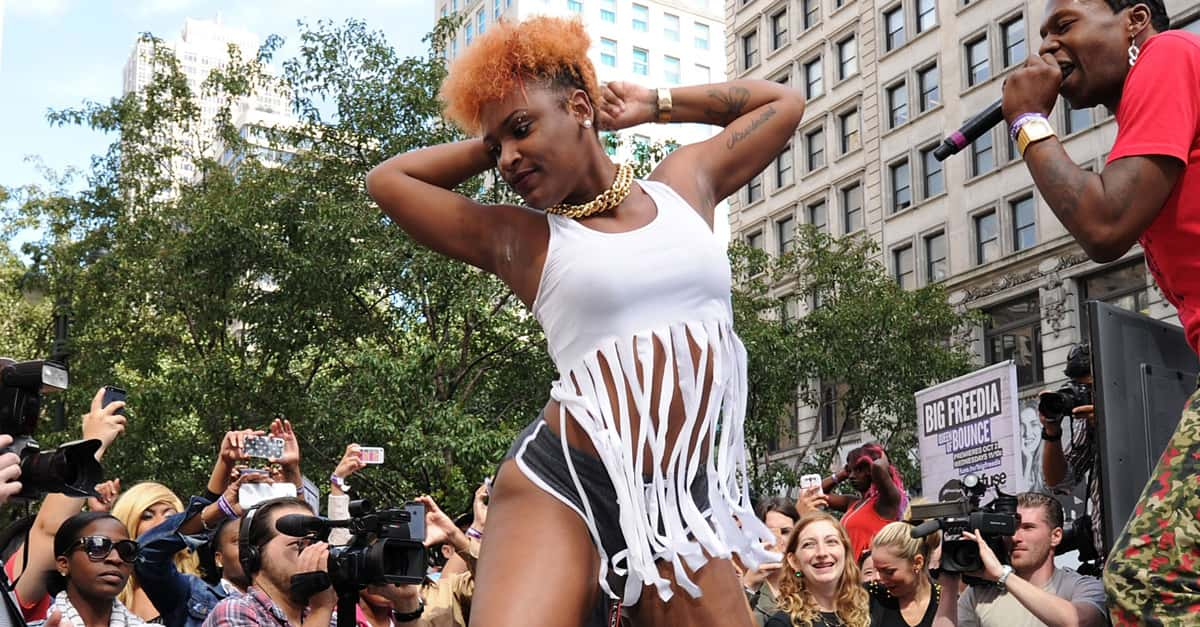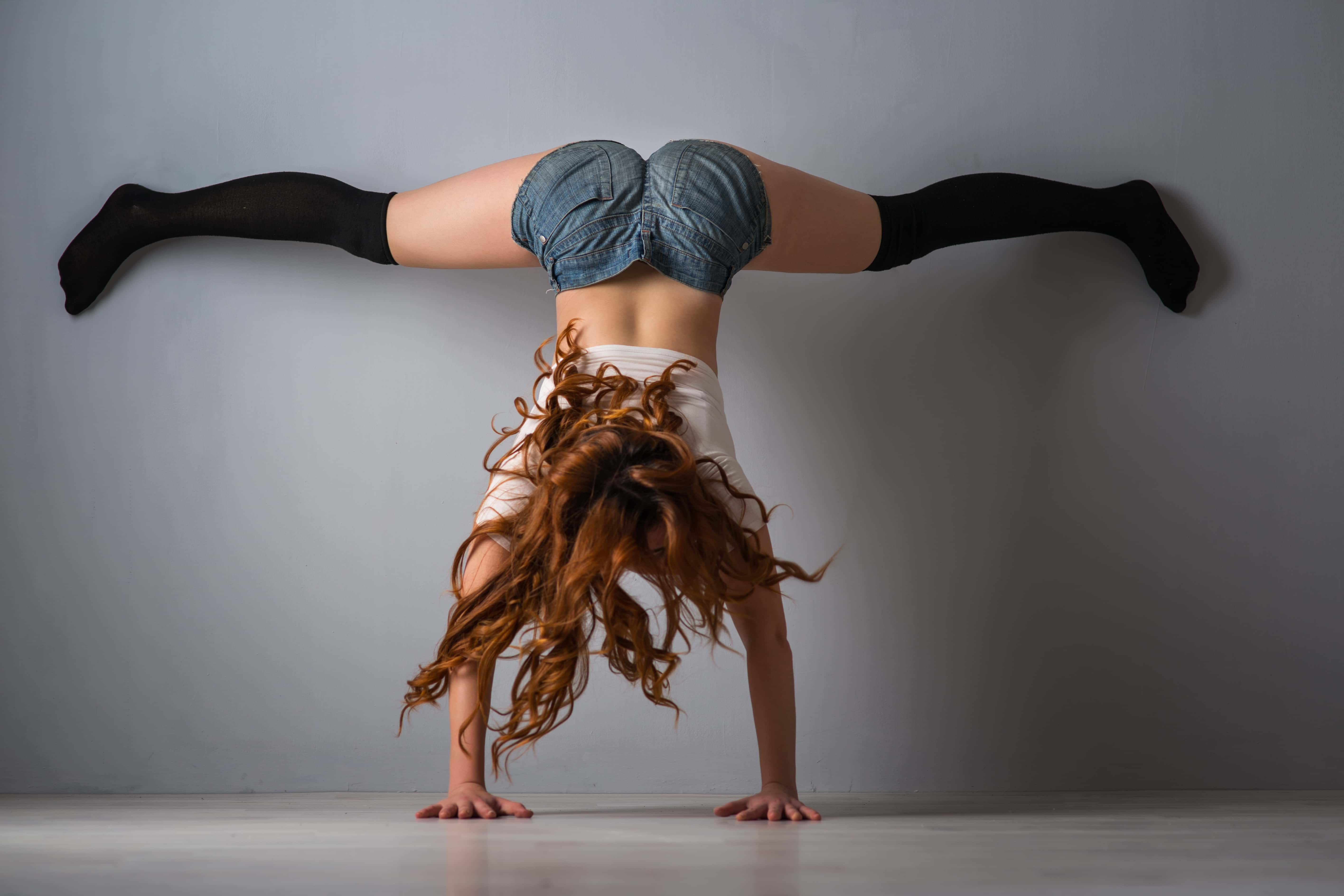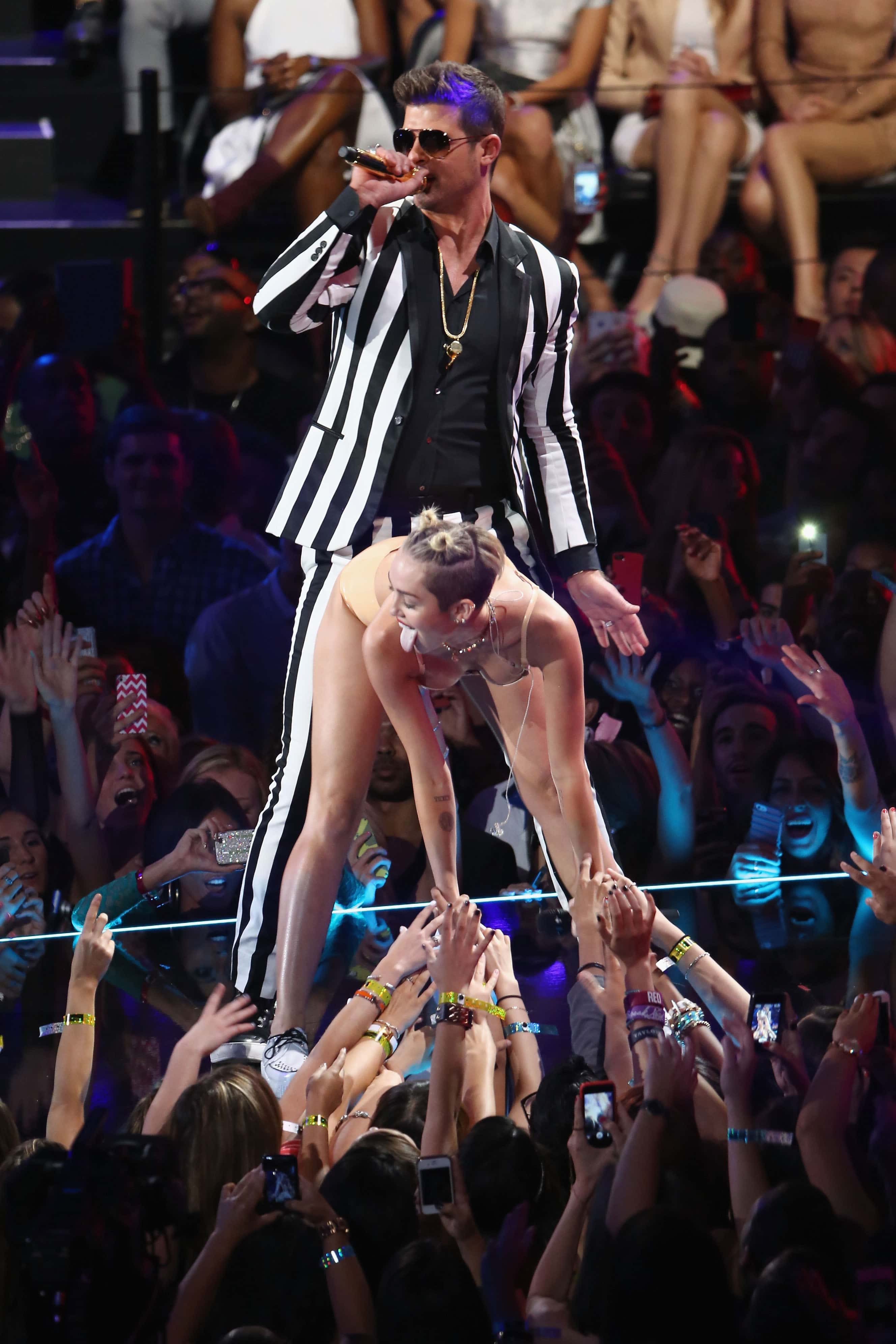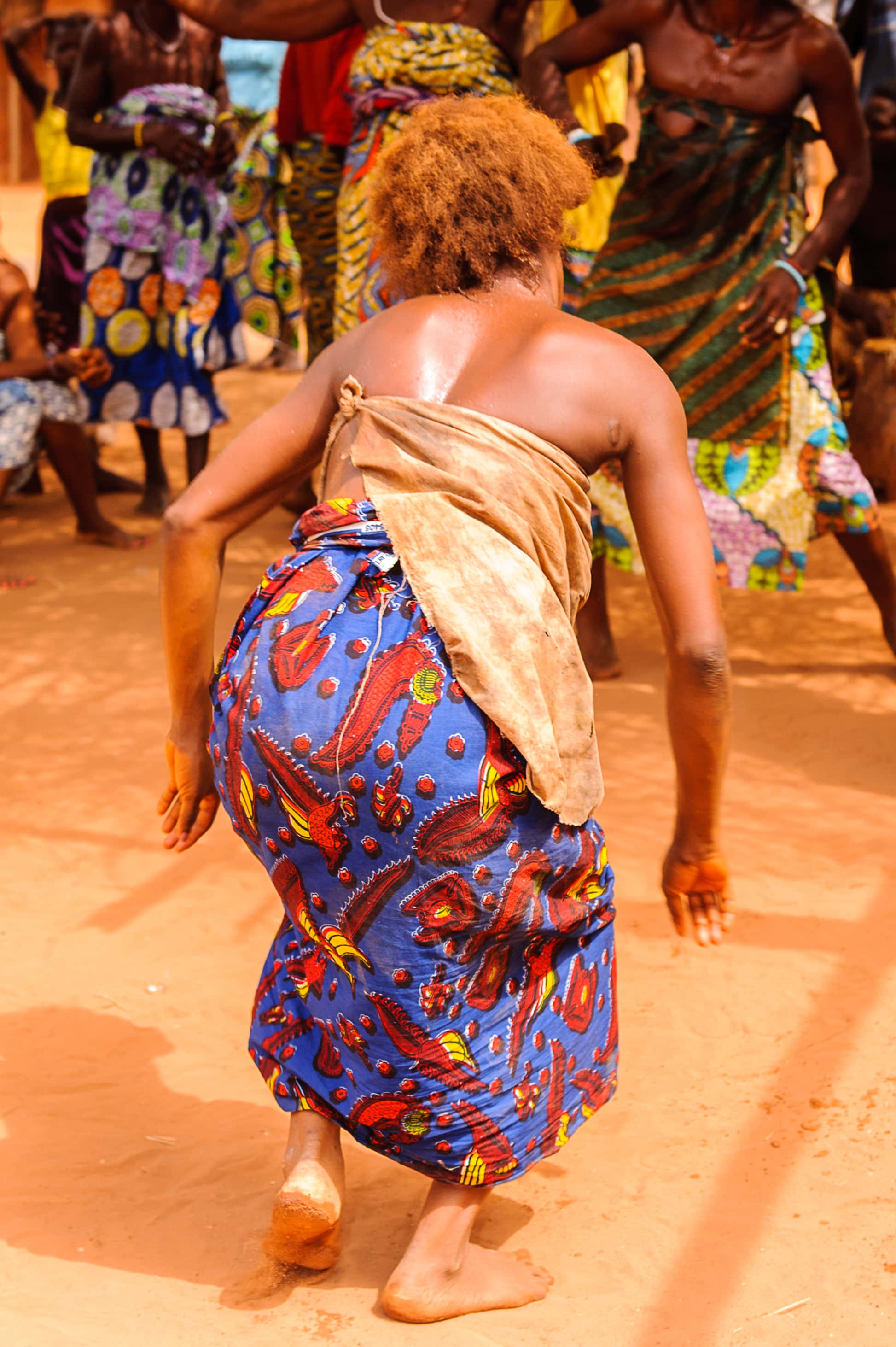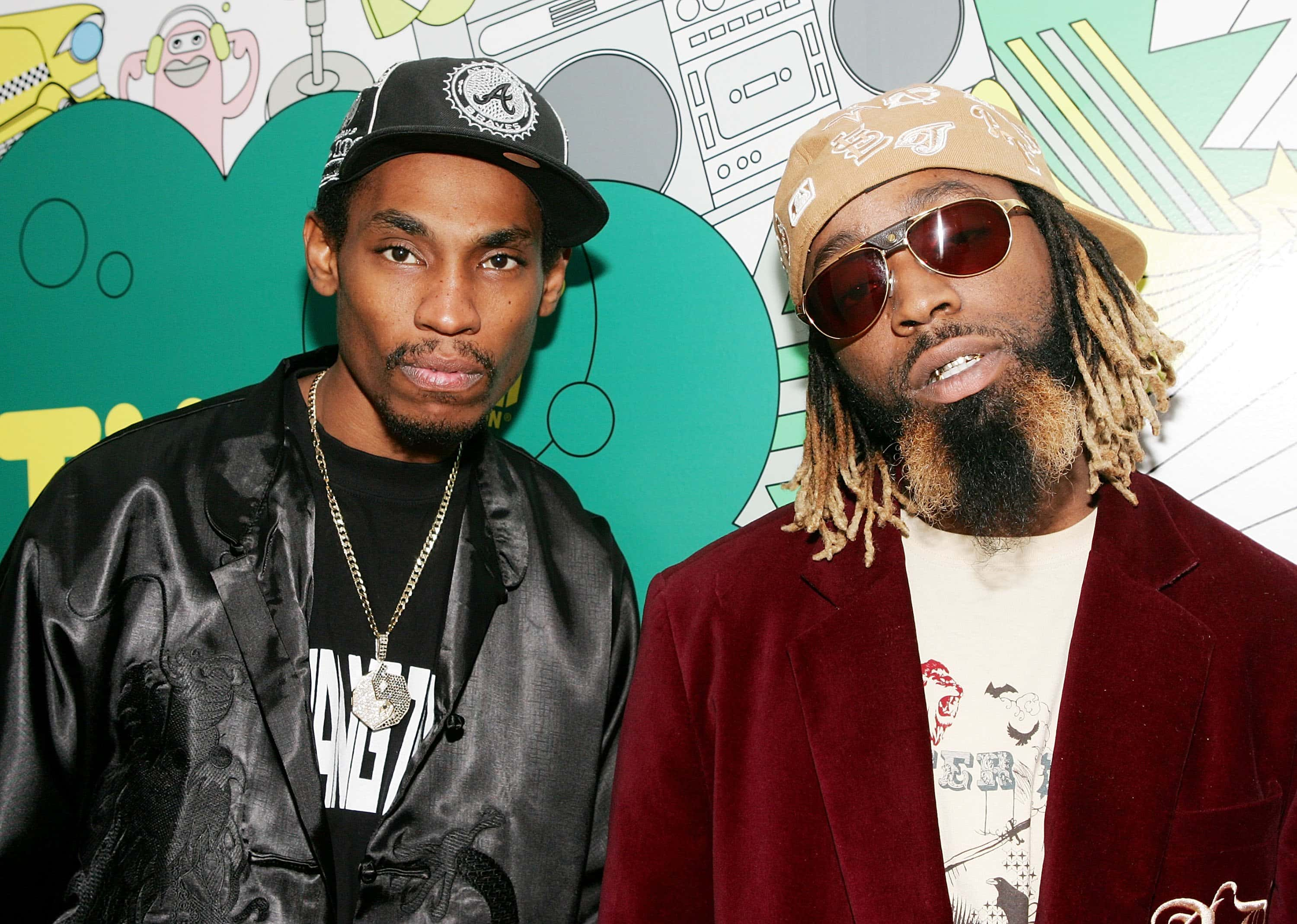Twerking Editorial
In the 1920s, flappers scandalized society by dancing the Charleston without male partners. A couple decades later, in the 1950s, Elvis Presley set America on fire with his infamous gyrating hips. By the time the 1980s rolled around, moshing overtook punk clubs, leading to black eyes and confused parents.
These controversial moves are some of the reasons that the town in Footloose banned dancing. Tied to social degradation and lewdness, some dance moves seem to be too scandalous for society to tolerate—at least, for a while. While most people now accept these once-controversial moves, there’s always a risqué trend just around the corner. For modern readers, that’s twerking.
What Is Twerking?
The Oxford English Dictionary defines “twerking” as dancing “in a sexually provocative manner, using thrusting movements on the bottom and hips while in a low, squatting stance.”
Or, as Urban Dictionary wrote, “a dance that requires you to shake your booty up and down. A common dance by girls.”
So twerking is when a dancer, usually a woman, moves her hips and shakes her butt. Normal twerking is usually done while squatting or leaning over, but true twerk connoisseurs can perform a more intense version of the move. Why squat when you can stand on your hands, place your feet on a wall, and perform the “Wall Twerk”?
Miley Cyrus and the Twerk Seen Round the World
For some people, the first time they heard of “twerking” was in 2013 when Miley Cyrus shed her squeaky-clean image by twerking at the MTV Movie Awards. Cyrus, clad in beige latex, leaned over and went to town against Robin Thicke’s groin.
Thus began an energetic online debate over propriety, choreography, and cultural appropriation. For many critics, much of Cyrus’s transition to Bad Girl involved turning to (and profiting from) Black culture. This happens a lot: grills, hip hop, and cornrows (rebranded as “boxer braids” by predominantly white publications) all find their roots in Black culture—and are promptly used by Caucasian people looking to change their image.
The Curious History of Twerking
As you’ve probably gathered, Cyrus is far from the first person to twerk. Rather, Cyrus is kind of like twerk’s Christopher Columbus in that she “discovered” and popularized something that’s been around for a long time.
Twerking was first practiced centuries ago in West Africa’s Côte D’Ivoire. Known as the Mapouka, early twerking was a celebratory dance that involved shaking one’s buttocks. Where Western audiences might think that “la dance du fessier” (“the dance of the behind”) has salacious ties to sexuality or lewdness, that’s not how West Africa saw the Mapouka. In its early form, the Mapouka was a joyful dance for weddings, feasts, and even worship.
Over time, younger dancers on the Côte decided to intensify the Mapouka. The Ivoirian government even banned a group called Les Tueuses from performing the scandalous dance in the 1980s. But, as we really should know by now, banning something usually has the undesired effect of making whatever was banned more exciting and appealing than ever. This is what happened with the modern Mapouka. Even though it took until 2000 for a new government to legalize the dance, the twerk had already spread far and wide.
Twerking in the 20th Century
But how did we get from the Mapouka to the twerk? Twerking originated in a particular kind of New Orleans-based hip-hop called “Bounce.” Once established in this niche music scene, twerking moved from block parties and indie dance halls to mainstream hip-hop. By 1993, DJ Jubilee recorded “Do the Jubilee All,” a song most famous for including the lyric, “Twerk baby, twerk baby, twerk, twerk twerk.”
From there, twerking made its way into songs by major hip-hop artists. In 2000, the Ying Yang Twins released a single called “Whistle While You Twurk” (pro tip: google the lyrics. They’re something else.). In 2001, Bubba Sparxxx and Timbaland collaborated on “Twerk a Little.” By 2005, Queen B herself used the verb. Beyoncé’s song “Check On It” implores listeners to “dip it, pop it, twerk it, stop it.” Timbaland, who helped produce Justin Timberlake’s hip-hop-influenced song “Sexyback,” interjects in the song with “let me see what ya twerkin’ with.”
From there, it was only a matter of time before Cyrus’ infamous performance.
What We Talk About When We Talk About Twerking
But Miley Cyrus really shouldn’t be the first person that we think of when we think of twerking. Praising the video for “Twerk” by City Girls, featuring Cardi B, Meagan Jordan writes that even though people think twerking is “shameful,” “uncouth,” and “sets black women back,” she can’t help but disagree. For Jordan, twerking is actually about “empowerment, self-expression, and most of all, community.”
If that sounds funny, here’s art critic John Berger rephrasing that idea in Ways of Seeing. Writing about male Western artists, he says, “You painted a naked woman because you enjoyed looking at her, put a mirror in her hand and you called the painting 'Vanity,' thus morally condemning the woman whose nakedness you had depicted for your own pleasure.” In other words, art by men constantly fixates on naked women. But when women take control of their own sexuality, it’s suddenly improper.
Maybe, as Jordan points out, something similar happens when Black women twerk. As she writes, “Black femme bodies twerking” have been “perverted” into only being “sexual.” Seeing twerking as only lewd or suggestive “opposes” the dance’s “historic purpose—a way for feminine energy to bond and celebrate.”
TL;DR: Twerking is a lot more complicated than you might think.

